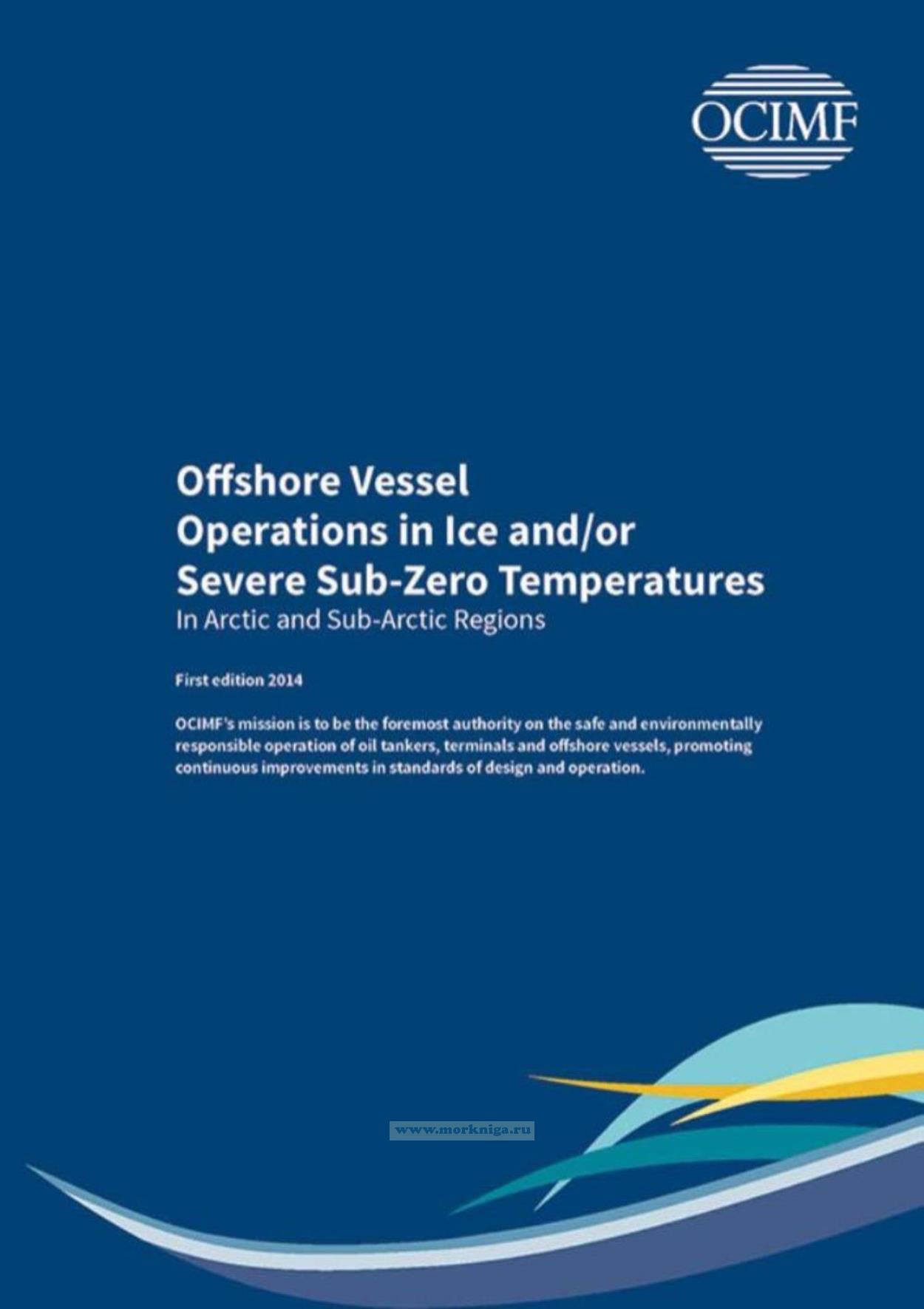Сб с 10 до 16
Offshore Vessel Operations in Ice and/or Severe Sub-Zero Temperatures/Эксплуатация морских судов во льдах и/или при сильных минусовых температурах
Книга на английском языке.
The purpose of this paper is to provide guidance to operators and charterers of offshore support vessels employed for use in areas impacted by ice or severe sub-zero temperatures with the aim of encouraging high standards of safety and environmental protection for those operating in Arctic and Sub-Arctic regions.
The recommendations contained in this paper are intended to embrace the full range of vessel types and services associated with offshore support activities. While much of the guidance will apply to all vessels, section 4.3 addresses the specific issues associated with a particular type of vessel or its operation. It should be noted that the guidance may not be particularly relevant to vessel activities associated with port services, such as the provision of tug or icebreaking support in port areas.
Contents
Introduction
Abbreviations
Glossary
Bibliography
1 Ice conditions
1.1 Ice Accretion
1.2 Ice Types and Conditions
1.3 Navigating in Sea Ice
2 Ice information
3 Capability for operations in ice and/or severe sub-zero temperatures - technical aspects
3.1 Introduction
3.2 Definition and Use of Air Temperature
3.3 Hull Structure
3.4 Stability
3.5 Engineering and Propulsion Systems
3.6 Classification Society Rules
4 Capability for operations in ice and/or severe sub-zero temperatures - operational aspects
4.1 Crew Training and Carriage of an Ice Navigator
4.2 Vessel Preparation for Operations - General Considerations
4.3 Vessel Preparation for Operations - Specific Considerations
4.4 Limitations of Dynamic Positioning Operations in Ice and/or Severe Sub-zero Temperatures
4.5 Controls on Vessel Emissions
4.6 Interaction with Wildlife
5 Winterisation of vessels
5.1 Practical Guidance on Winterisation of Vessels
6 Environmental protection and damage control
6.1 Summary
6.2 Environment
6.3 Oil Spill Response in Ice
Annex A Reference sources for regulatory information
Annex B Arctic ice class notations
Annex C Icebreaker assistance to offshore vessels
Annex D Ice management and operations at offshore terminals
Annex E Ice operations training course
Annex F Hazard risk assessment of operating in the arctic
Annex G Egg Codes

